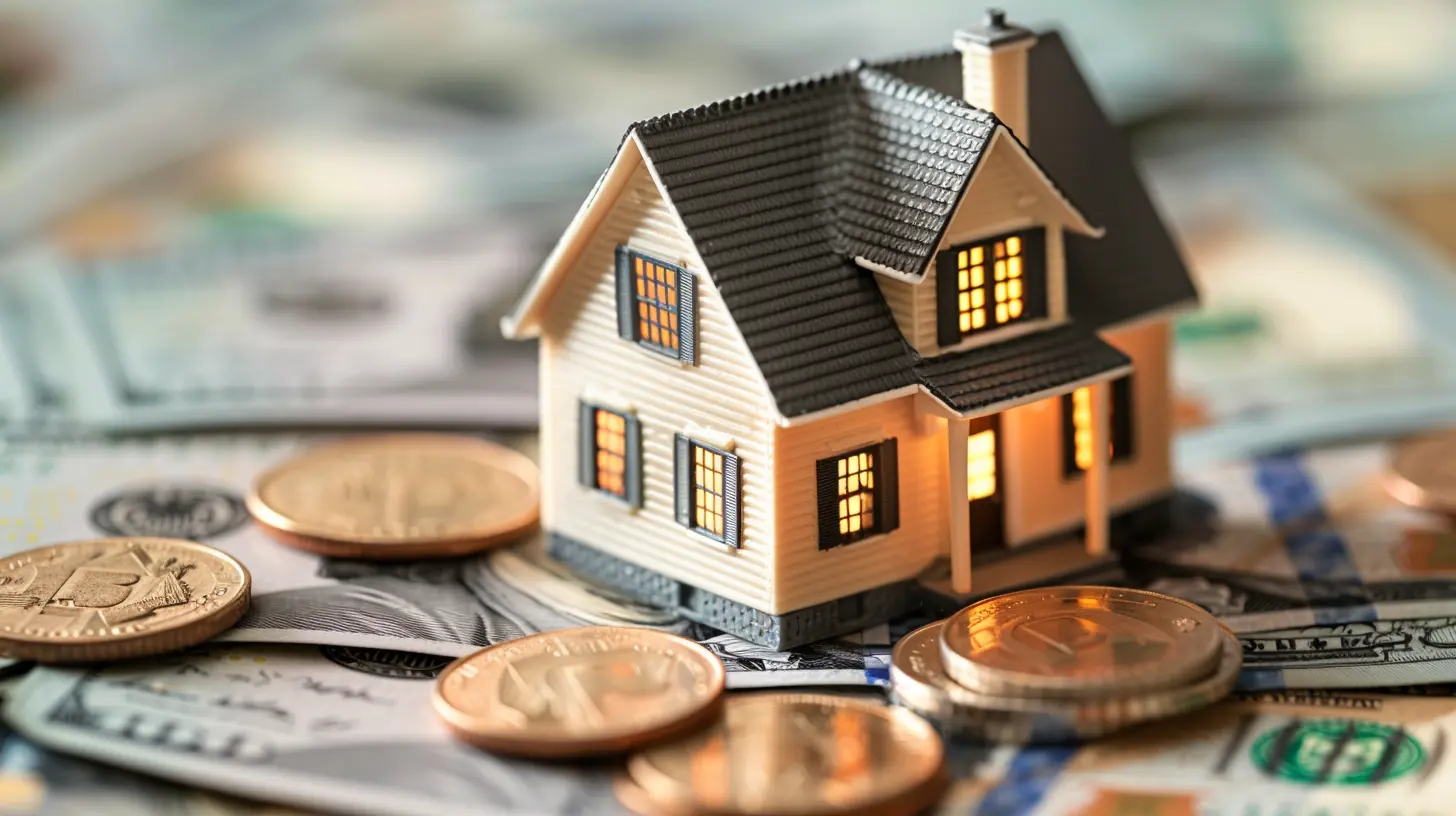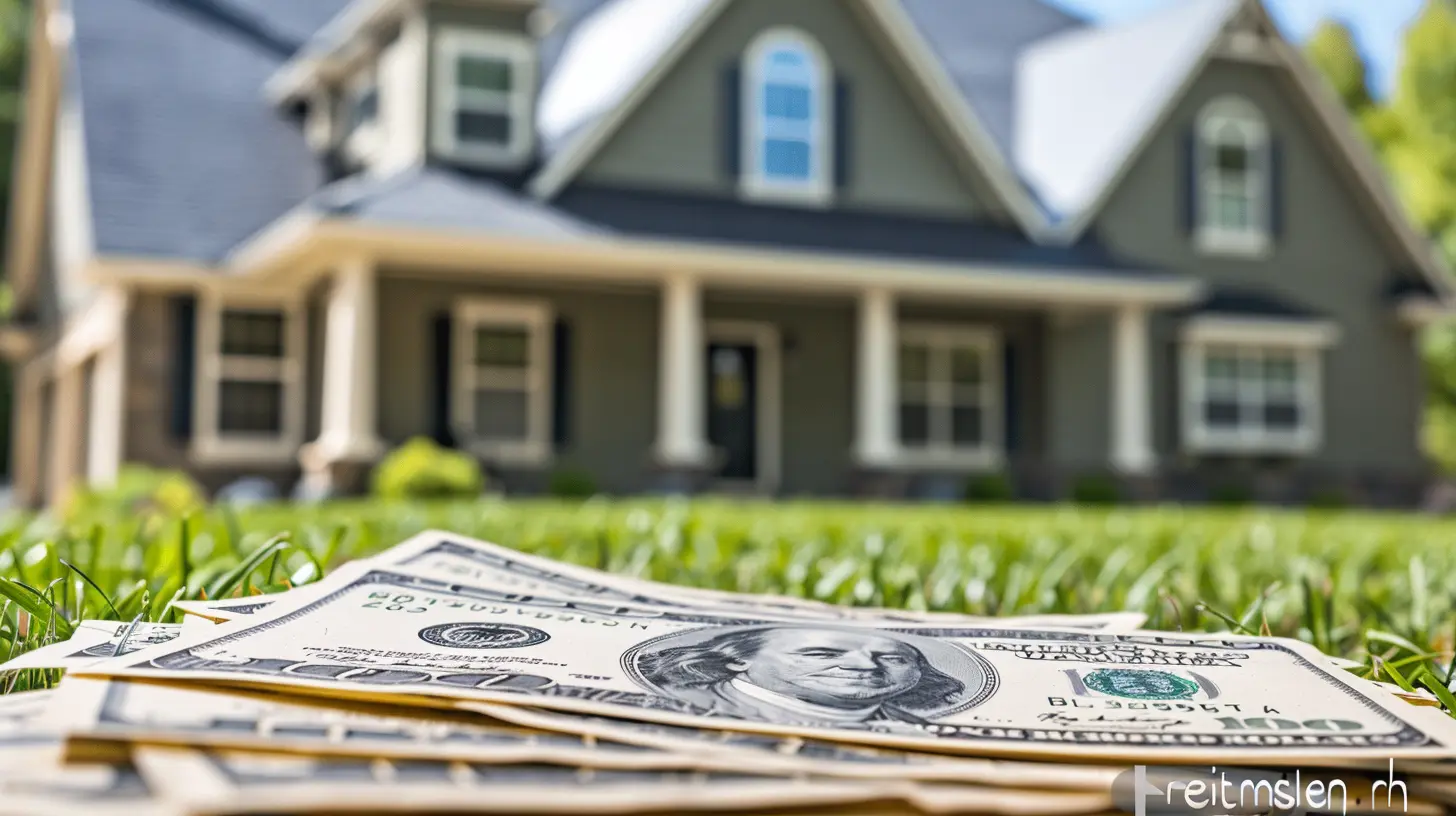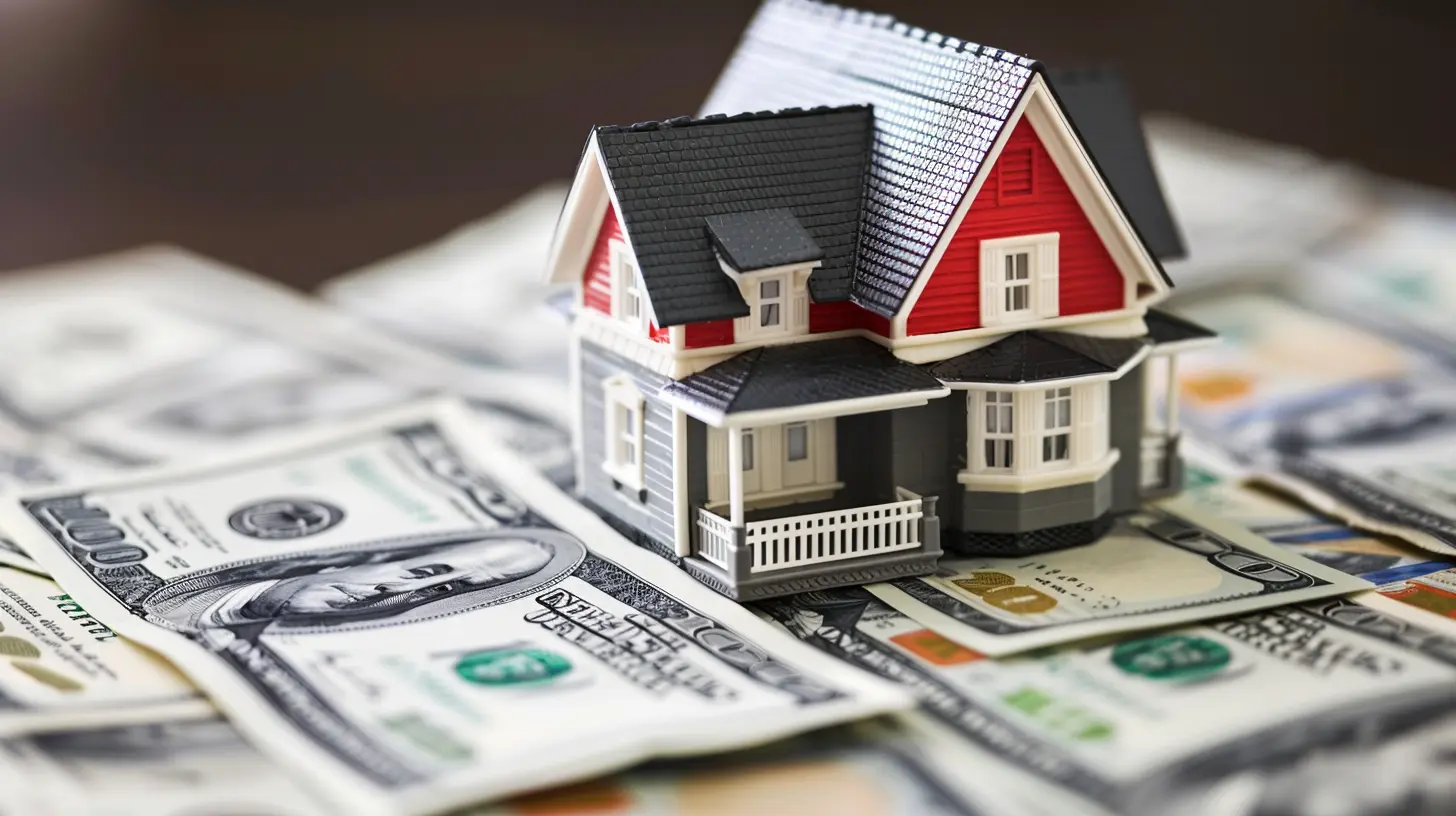Selling a Home with a Mortgage: What Sellers Need to Know
23 November 2025
Selling a home is a big deal, but when you still have a mortgage, things can feel a little more complicated. If you're in this boat, don’t worry—you’re not alone. Many homeowners sell their homes before fully paying off their mortgage. In this guide, we'll walk you through everything you need to know to make the process as smooth as possible.

Can You Sell a House That Still Has a Mortgage?
Yes, absolutely! In fact, most home sales involve properties that still have an active mortgage. The key is ensuring that the sale price covers the remaining mortgage balance (or knowing what to do if it doesn’t).
Steps to Selling a Home with a Mortgage
1. Determine Your Mortgage Payoff Amount
Your first step is to contact your lender and get an official payoff statement. This will show exactly how much you owe, including any interest and fees. Keep in mind that this number may be slightly higher than the current balance on your mortgage statement.2. Figure Out Your Home’s Market Value
Before listing your home, you need to know how much it’s worth. You can:- Hire a real estate agent for a comparative market analysis (CMA).
- Use online valuation tools.
- Get a professional home appraisal.
Your goal is to ensure that your selling price will cover your remaining mortgage balance and selling costs.
3. Hire a Real Estate Agent
While you can sell your home on your own (For Sale By Owner), hiring a real estate agent makes the process much easier. A good agent will help you price your home correctly, market it effectively, negotiate offers, and handle paperwork.4. List Your Home and Find a Buyer
Once your home is on the market, potential buyers will start making offers. Your agent will help you review them and negotiate the best deal. Keep in mind that an offer isn’t just about price—it also includes terms like closing dates and contingencies.5. Pay Off Your Mortgage at Closing
When you sell your home, the buyer’s money will first go to paying off your mortgage balance. Your lender will receive the amount you owe, and anything left over (your equity) is yours to keep—minus closing costs, of course.
What Happens If You Owe More Than Your Home’s Worth?
If your home’s market value is lower than your remaining mortgage balance, you’re in a tricky situation known as being "underwater" on your mortgage. Here are some options:1. Cover the Difference with Cash
If possible, you can bring money to the closing table to pay off the shortfall.2. Negotiate a Short Sale
A short sale happens when your lender allows you to sell your home for less than you owe. This is typically a last resort, as it can impact your credit score and requires lender approval.3. Rent the Property Instead
If you're struggling to sell your home but don’t want to take a loss, consider renting it out until the market improves.
Understanding Closing Costs
Selling a home comes with costs, and it’s important to factor them into your sale price. Some of the key expenses include:- Real estate agent commission (typically 5-6% of the sale price)
- Title and escrow fees
- Outstanding property taxes or HOA fees
- Mortgage payoff and any prepayment penalties
Make sure you understand your net proceeds—what you'll pocket after everything is paid.
What If You Have a Second Mortgage or Home Equity Loan?
If you took out a second mortgage or home equity loan, those balances must also be paid off at closing. The process works the same way as your primary mortgage: the sale proceeds will go toward paying off all outstanding loans before you receive any remaining funds.How Long Does the Process Take?
The timeline varies, but selling a home with a mortgage typically follows this general timeline:1. Preparation & Listing: 2-4 weeks
2. Finding a Buyer: A few days to several months
3. Closing Process: 30-45 days after accepting an offer
If you price your home correctly and market it well, you could sell within weeks. However, factors like market conditions and your home’s condition can affect timing.
Can You Sell and Buy a Home at the Same Time?
Yes, but it requires juggling timelines carefully. Here are some strategies:1. Buy First, Then Sell
This is ideal if you can afford two mortgages temporarily. It ensures you have a new home ready before selling your current one.2. Sell First, Then Buy
This eliminates financial risk, but you may need temporary housing while searching for your new home.3. Use a Contingency Clause
A home sale contingency in your contract allows you to buy a home only if your current home sells first.Key Takeaways
- You can sell your home with a mortgage, and it's a common process.- Your mortgage balance must be paid off using the sale proceeds.
- If you owe more than the home is worth, you may have limited options like a short sale or covering the shortfall in cash.
- Factor in closing costs, especially real estate commission fees.
- If buying and selling at the same time, plan ahead to avoid financial stress.
Selling a home with a mortgage doesn’t have to be overwhelming. With the right preparation and a solid team (hello, real estate agent!), you can navigate the process smoothly and walk away with a successful sale.
all images in this post were generated using AI tools
Category:
Home Selling TipsAuthor:

Travis Lozano
Discussion
rate this article
1 comments
Ember Fry
Great article! Selling a home with a mortgage can feel daunting, but understanding your options empowers you. Remember, every challenge presents an opportunity for growth. Stay informed, be patient, and trust the process—you're one step closer to your next adventure!
November 23, 2025 at 3:23 AM


